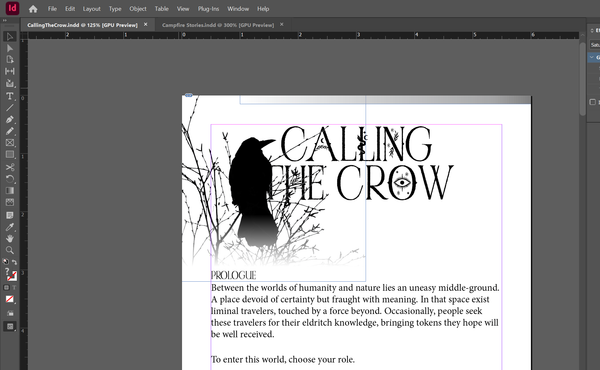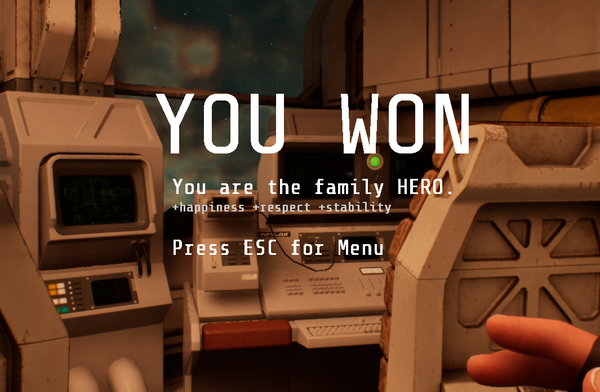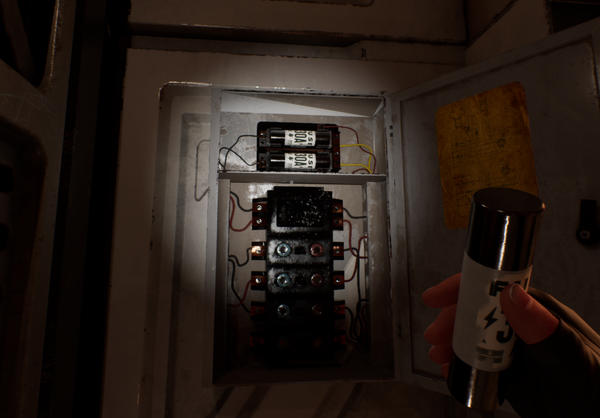Week 10: Two Troubles for the Price of One
A disaster for every occasion.
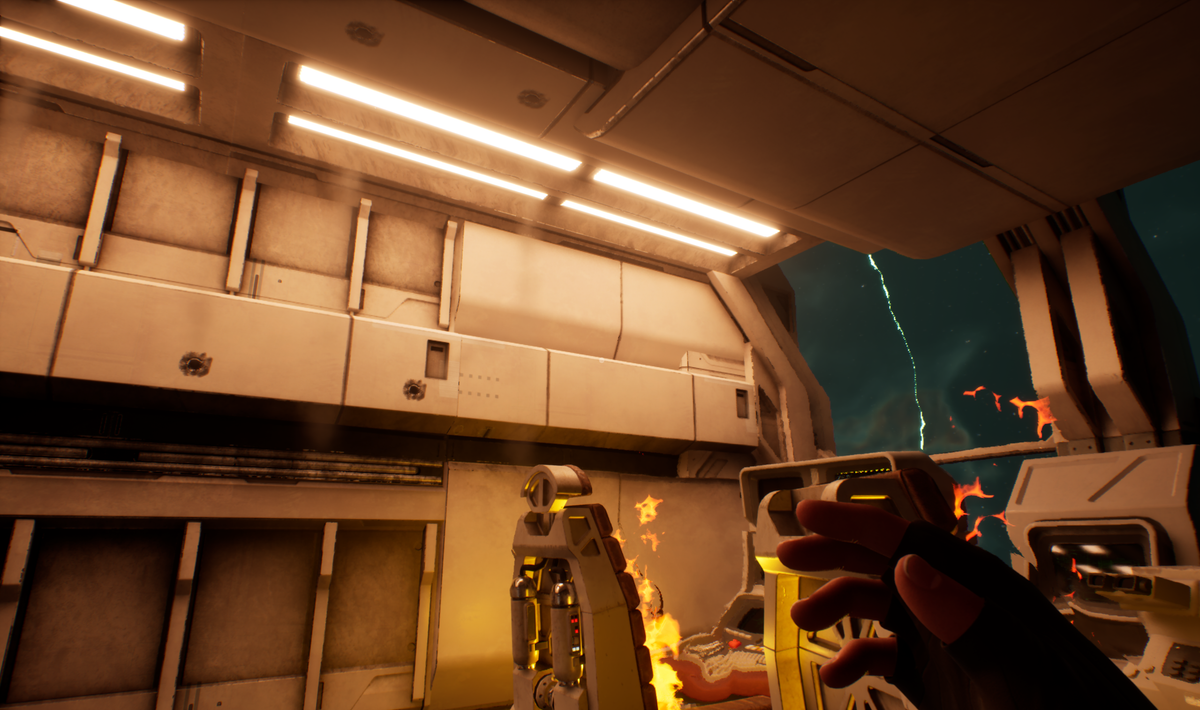
Two environmental disasters, one weekend, and the satisfaction of a good development workflow. This weekend, I went from asking myself "how do I tackle this problem?" to cracking my knuckles and saying "right, let's get to work." And frankly, it's been a ton of fun.
I set out to implement gravity wells and solar flares—the remaining two environmental hazards that round out the ship gameplay. While it was a ton of work, it also felt like a different kind of work. Instead of struggling to figure out if any of this was going to fit together at all, I was moving fast and following the process.
Saturday: Wormholes and Gravity Wells
The course correction module I built in Week 5 was always meant for more than just course correction. The terminal interface shows the ship's orientation as a crosshair on a 2D display. In normal usage, you just get a bit of drift from when one engine is outputting more power than the other. But the wormhole hazard allows me to extend that basic interface with a new way for things to go terribly wrong.
The implementation was simple: I added a circular zone to pull the crosshair off-course. Gravity is weak at distance, but stronger as you get closer. The wells aren't death-traps, but they will cause significant delays in getting to the wedding. But you can absolutely fight your way out of the well and get back on track.
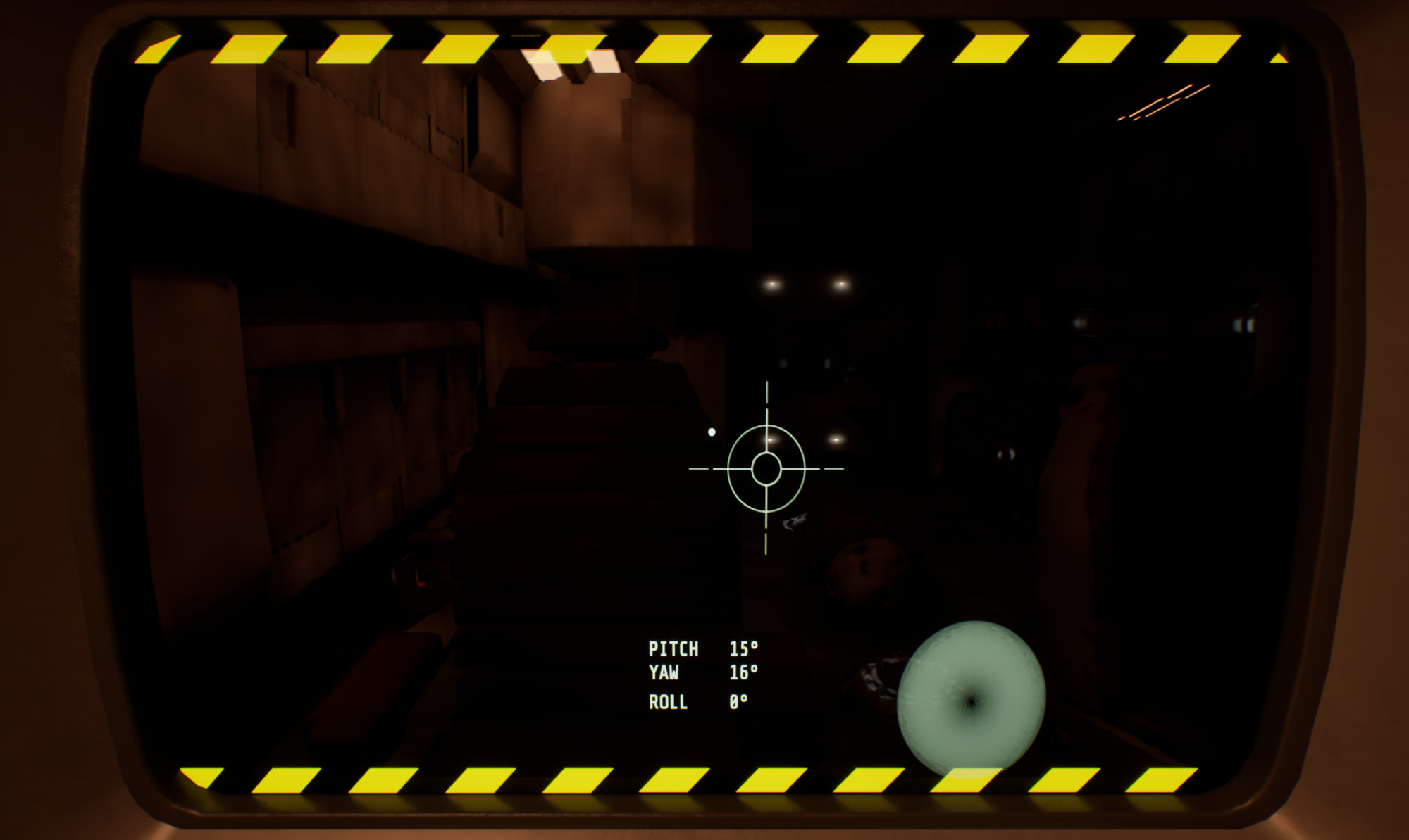
The challenge is that the effect persists for the entire hazard duration, so you have to actively reign in the ship's direction. It'll be more interesting when the social systems get baked in, as you'll have to juggle nudging your ship away from the gravity pit while remotely managing the latest crisis on station.
Sunday: Solar Flares
Things heated up on Sunday. I wanted the solar flare hazard to set fires inside the ship. (That cheap seat upholstery really ought to be replaced with something more fire-resistant.) Plus I knew it would look amazing.
And the visual sequence was the key to selling it. I created a red light that could pour into the cabin from outside, and I ramp up that light's intensity over a full minute, building tension as the cockpit gets brighter. I also play with exposure, punching up the light even more. At the brightest point of the flare, the light reaches a brief eye-searing brightness before the chairs burst into flames. It's a beautiful "oh crap" moment.
Of course, now that I had fires, I needed a way to put them out. I started by picking up a free fire extinguisher model. It was pretty, but it needed to be cracked open in Blender—the base asset included several fire extinguishers in one asset, but I wanted the smallest one as a stand-alone model. Five minutes in Blender and I had the mesh extracted. Then I took the textures and rebuilt the materials. I wrangled the can into the character's hand, which involved a lot of fussying with hand bones. I built a system to spray a gas when you left click while holding the extinguisher. And I even downloaded a long audio clip of a fire extinguisher being used and chopped it up in audacity to give it more feedback when you click.
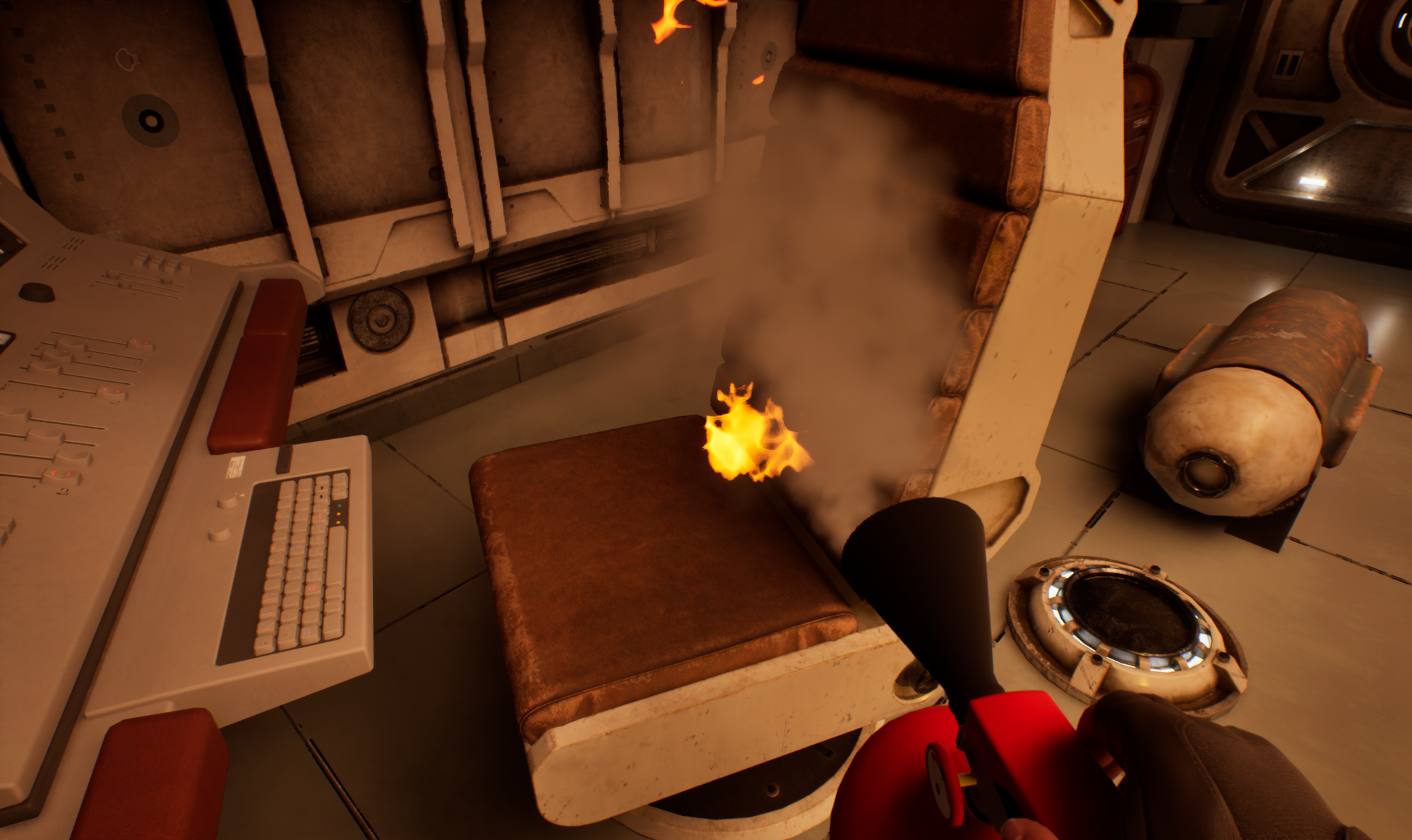
And even with those challenges, it only took an hour top to bottom to get it all into the editor. It's was a huge rush to feel competent for once.
Workflow Evolution
Having done a bunch of hazards now, I've built-up workflow for tackling new features efficiently. I have an architecture for putting code in the right place without having to have an internal debate about where it goes. I've developed an instinct for what assets I can get online (and where), and when they don't exist, I have a baseline level of comfort with the tools that can produce new ones. Even adding a new item to pick up in the game was a matter of fussing with details rather than overhauling or inventing a whole system.
And it doesn't hurt that I had a whole weekend without to plow forward in the game.
End of a Chapter
Week 10 leaves Running Late with four environmental hazards:
- Electrical storms that can fry fuses and kill power
- Debris impacts that punch holes in the hull and vent air into space
- Wormholes that pull the ship off-course and demand active navigation
- Solar flares that start fires and give you one more tactile experience
Each hazard creates its own crisis management challenges and requires different player responses. I still have more work to do with the ship itself—I have a lot of polish to add like more sound effects or space rocks hurtling at the canopy when you're in the middle of a debris field. I also want the hazards to affect more than one ship system. For instance, I want the solar flare to overheat your engines, putting your coolant in trouble as well.
But for now, the priority is on Paradise Station. I need to transform this game about keeping your rustbucket of a ship from imploding into a full-blown wedding disaster comedy.
Next week: the phone starts ringing.

